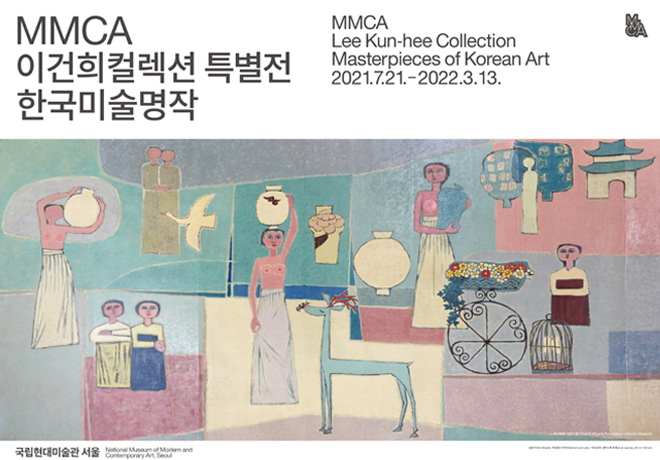Operated by the National Museum of Modern and Contemporary Art, Korea (MMCA) for three years, Watch and Chill (https://watchandchill.kr/en) is a subscription based streaming platform that re-establishes the hierarchy between online experience and physical exhibition, and has been exploring an expansive curatorial methodology that complements the limitations of both. Following from the first season, which began with collaborations with Asian art museums, and
last year’s partnerships with Middle Eastern and European art institutions, this year’s third
season brings together major art museums in Oceania and the Americas. For Watch and Chill
3.0, MMCA collaborates with the TONO Festival in Mexico City, Mexico, the Peabody Essex Museum (PEM) in Salem, MA, USA, and the National Gallery of Victoria (NGV) in Melbourne, Australia to select works from the collections of each institution and by artists of each art community. These works will be streamed on the online platform and at the same time showcased in physical spaces as touring exhibitions at each partner institution.
Watch and Chill season 3 explores the ways in which the methods of storytelling and imaging conjure immersion and suspense, bringing together the works of artists, designers, and filmmakers that experiment with the psyche of uncanny, abnormality, shape-shifting, mutable bodies, and related implications today. Shedding light on the idiosyncratic tension quested by contemporary practitioners of moving-image, the exhibition aspires to probe alternative narratives and worldings that destabilize the status quo.
Streaming Suspense consists of five subtopics. “Landscape under Moonlight” reflects
on the idea of an “uncanny valley,” the borderline between familiarity and mystery. Capturing the moment of transition from the sense of comfort to discomfort, it strives to track down the psychological shift when entering unknown territory. “Assembly of Evidence” looks at the forensic efforts that investigate the traces of crime—either in history or in fictional stories—to understand the hidden truth in our reality.“Mutable Corpus” deals with the bodies that morph into something else. From parasitic viruses to mass crowds of people, it attempts to reveal the ways in which mutation occurs in various bodily scales. “Performance of the Undead” inquires how performing becomes a means of survival. It explores the examples of re-enacting discontinued lives and heritages, transcending the normative temporality. Finally,“Post-dystopian Worldbuilding” probes the possible universes as imagined alter-worlds to overcome the challenging conditions of our time.

